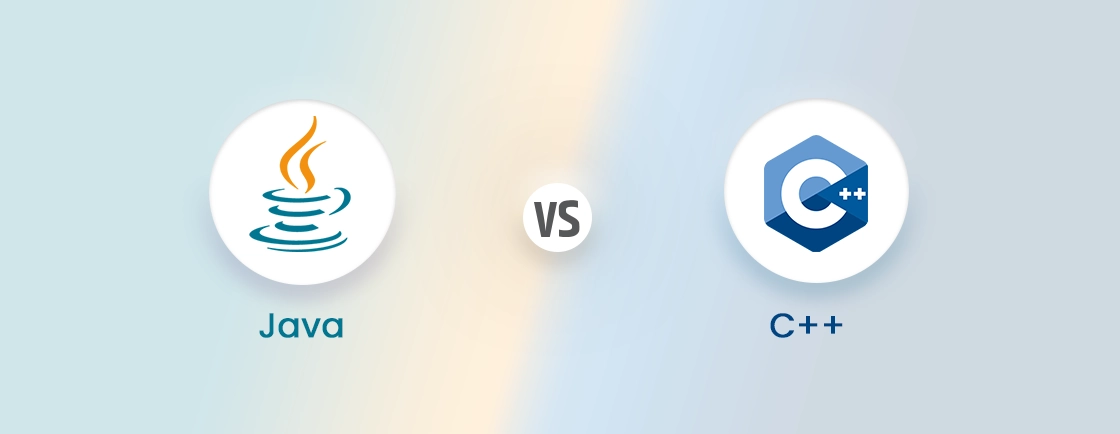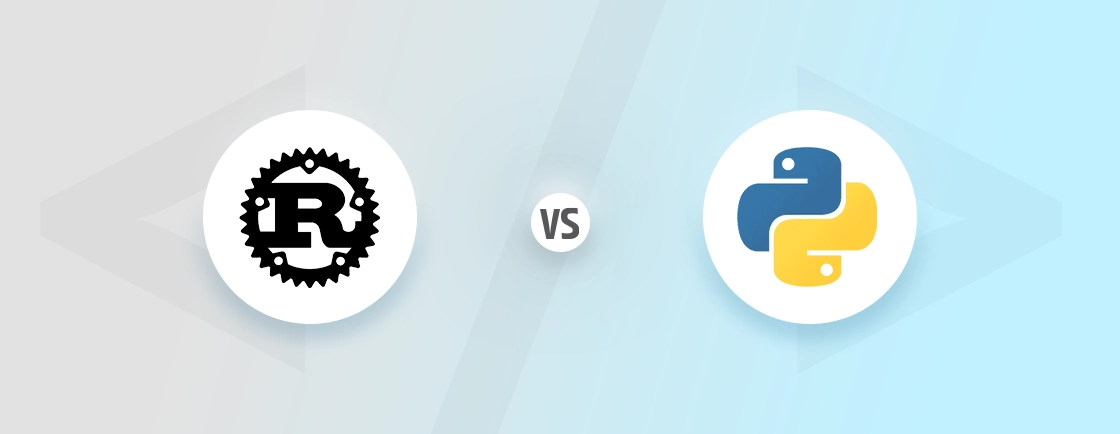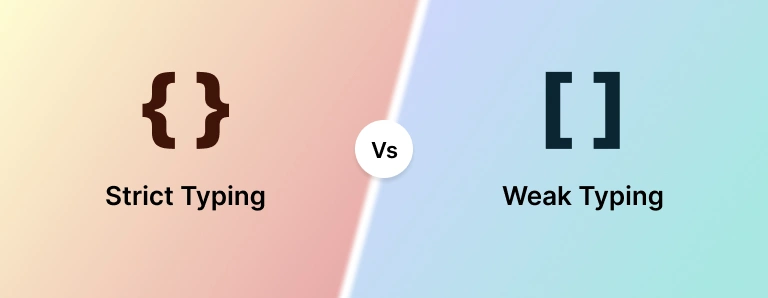Table of Contents
You’ve got a brilliant app idea—now, how do you build the best mobile app? The first big decision is choosing between native and cross-platform development.
An app built with native development will be faster, feel smoother, and tap into every device feature. But of course, you’ll build it twice—once for iOS, once for Android. Pick cross-platform, and you’ll write code once for both Android and iOS. It saves time and money, though performance and polish might take a hit.
This blog dives into native vs cross-platform development. We’ll see how they differ and how the expert mobile app development services provider chooses between them for their projects. Let’s discuss in detail.
Native vs Cross-Platform App Development: Comparison Table
| Factor | Native Development | Cross-platform Development |
|---|---|---|
| Performance | High (optimized for OS) | Moderate (depends on framework) |
| Development Time | Longer (separate codebases) | Faster (single codebase) |
| Cost | Higher (platform-specific devs) | Lower (shared resources) |
| User Experience (UX) | Best (smooth, platform-specific UI/UX) | Good (may lack native feel) |
| Maintenance | More complex (updates per platform) | Easier (single codebase updates) |
| Access to Native Features | Full access (camera, GPS, sensors) | Limited (may require plugins) |
| Best for | High-performance apps (gaming, finance) | MVP, business apps, faster deployment |
| Popular Tools | Swift (iOS), Kotlin (Android) | Flutter, React Native, Xamarin |
Overview of Native App Development
Native app development involves building applications specifically for a single platform (iOS or Android). It involves using platform-specific programming languages, tools, and SDKs. These apps are optimized for performance, UX, and full access to device hardware.
Key Technologies for Native App Development
- For building iOS apps: Swift, Objective-C (with Xcode IDE).
- For building Android apps: Kotlin, Java (with Android Studio).
Pros of Native App Development
- Best Performance: Optimized for the OS (Swift/Kotlin), ensuring fast, smooth operation.
- Superior UX/UI: Follows platform-specific design guidelines (Material Design, Apple HIG).
- Full Hardware Access: Direct integration with camera, GPS, sensors, and OS features.
- High Security: Stronger encryption and platform-specific security measures.
- Better Scalability: Easier to maintain and update for complex, long-term projects.
Cons of Native App Development
- Higher Cost: Requires separate iOS & Android development teams.
- Longer Development Time: Two codebases mean slower deployment.
- More Maintenance: Updates and bug fixes must be done separately.
Native app development is the right approach if you want a dedicated iOS or Android app. Plus, you can get high performance, complex animations, and real-time processing. And if scalability and UX are your priorities, native apps will be suitable.
Overview of Cross-platform App Development
Cross-platform development allows you to build apps for multiple platforms (iOS, Android, and web) using a single codebase. For this approach, there are frameworks like React Native and Flutter (among others) available. Developers can use them to write once and deploy the app everywhere while maintaining near-native performance.
Key Technologies for Cross-platform App Development
- Flutter (Dart, Google): High-performance, customizable UI
- React Native (JavaScript, Meta): Popular, large community
- Xamarin (C#, Microsoft): Native-like performance with .NET
Pros of Cross-platform App Development
- Faster Development: A Single codebase works on iOS, Android, and sometimes the web.
- Lower Cost: One team can build for multiple platforms.
- Easier Maintenance: One update applies to all platforms.
- Consistent UI: Uniform look and behavior across devices.
- Good for MVPs: Ideal for startups needing quick launches.
Cons of Cross-platform App Development
- Slightly Lower Performance: Not ideal for heavy gaming or real-time apps.
- Limited Native Features: Some OS-specific functions require plugins.
- UI/UX Trade-offs: May not perfectly match native platform standards.
This approach is suitable when you need a quick app launch for your startup. It could also be helpful for budget-conscious development with limited resources.
Detailed Comparison Between Native & Cross-platform Development
Both cross-platform and native development approaches can help create high-quality mobile apps. But they are opted for in different scenarios–it depends on a few different factors. So let’s compare them in detail.
Time to Market
Native development requires building and maintaining two separate codebases (iOS + Android), doubling development time. While this ensures platform perfection, it delays launch—often by 30-50% longer than cross-platform.
Cross-platform development uses a single codebase (Flutter, React Native) to deploy on both platforms simultaneously. This cuts development time by half, accelerating MVP launches and iterative updates.
Verdict: Cross-platform is clearly faster for rapid deployment, while native trades speed for precision.
Testing Feasibility
Native apps require platform-specific testing (XCTest for iOS, Espresso for Android). It ensures deep optimization but doubles validation effort. Device-specific bugs and OS version fragmentation add complexity.
Cross-platform apps allow unified testing for core functionality. But still need platform-specific checks for UI/UX consistency and plugin behavior. Hot reload speeds up iterations, but edge cases may slip through.
Verdict: Native enables thorough but slower testing; cross-platform offers faster validation with slightly less precision.
Development Budget
Native development demands higher investment—requiring separate iOS and Android teams. That, as you would expect, would double the labor costs, thereby increasing the mobile app development costs. Maintenance expenses compound over time with platform-specific updates.
Cross-platform development slashes costs by 40-60% using a shared codebase. A single team can build for both platforms, with streamlined maintenance reducing long-term expenses.
Verdict: Cross-platform is the clear budget winner, while native justifies its premium cost for performance-critical apps.
App Performance
Native apps run directly on device hardware, delivering maximum speed and responsiveness. They fully leverage platform-specific optimizations for graphics, animations, and real-time processing—critical for gaming, AR/VR, and financial apps.
Cross-platform apps use abstraction layers, causing minor performance overhead. While modern frameworks (Flutter, React Native) achieve near-native speeds, complex animations or heavy computations may reveal limitations.
Verdict: Native dominates for performance-critical apps; cross-platform suffices for most business applications.
App Security
Native apps integrate directly with platform-specific security frameworks (Keychain, Android Keystore). That offers hardened encryption, secure biometric authentication, and tighter OS-level sandboxing. It’s ideal for banking or healthcare apps.
Cross-platform apps depend on third-party plugins for native security features, introducing potential vulnerabilities. While secure coding practices help, the added abstraction layer increases attack surfaces.
Verdict: Native provides inherent security advantages; cross-platform requires rigorous auditing to mitigate risks.
Final Verdict
All in all, you may choose a native approach for performance-driven, security-critical, or complex apps (gaming, finance, healthcare). In that, platform optimization justifies higher costs and longer timelines.
On the flip side, a cross-platform approach would be suitable for cost-efficient, rapid development of business apps or MVPs. Even projects requiring board reach without native-tier performance would benefit from it.
When to Choose Cross-Platform & Native Development?
Let’s look at a few scenarios where native and cross-platform app development will be suitable.
Choose Cross-Platform Development When:
- You need speed & cost efficiency: Ideal for startups, MVPs, or projects with tight budgets and deadlines.
- Your app is business-focused: Great for e-commerce, social media, productivity tools, or content-driven apps.
- You prioritize code reuse: A single codebase for iOS, Android, and sometimes web (e.g., Flutter for web).
- Your app has moderate performance needs: Works well unless you need heavy animations, gaming, or real-time processing.
- You want easier maintenance: Single updates apply to all platforms.
Choose Native Development When:
- Performance is critical: Required for gaming, AR/VR, video editing, or high-frequency trading apps.
- Security is a top priority: Best for banking, healthcare, or apps handling sensitive data.
- You demand flawless UX/UI: If your app must follow strict platform design guidelines (e.g., iOS Human Interface Guidelines).
- You need full hardware access: Necessary for apps using advanced camera features, sensors, or offline processing.
- Long-term scalability matters: Enterprise-grade apps need future-proof optimization.
Many successful apps even blend both approaches. That means using cross-platform for core features and native code for critical performance boosts. If you are building the app and still confused about the way forward, hire our professional mobile app development company.
So, Which is Better? Native or Cross Platform?
There’s no universal winner—it all depends on your project. With the Native approach, apps are built separately for iOS (Swift) and Android (Kotlin), offering peak performance and UX. And cross-platform development entails a single codebase (Flutter, React Native) for both platforms. It saves time/cost but with slight performance trade-offs.
Native approach is the gold standard for apps that demand the most from a device’s hardware. But modern, cross-platform frameworks like Flutter and React Native have narrowed the performance gap significantly.
So, want help with building the best mobile apps? Then connect with us to hire mobile app developers today!
FAQs on Native and Cross-Platform Development
Which is cheaper: native or cross-platform?
Cross-platform wins. One team can build for iOS/Android, cutting costs by 30–60%. Native requires separate developers and longer timelines.
Do cross-platform apps perform as well as native?
Close, but not identical. Modern tools (Flutter, React Native) achieve near-native speeds. But complex apps (gaming, AR) still benefit from native code.
Can cross-platform apps use device hardware (camera, GPS)?
Yes, but with plugins. Frameworks access hardware via third-party libraries, while native apps integrate directly for full optimization.
Are native apps more secure than cross-platform apps?
In a way, yes. Platform-specific encryption (Keychain/Keystore) offers tighter security. Cross-platform apps rely on plugins, requiring extra audits.
Can I mix native and cross-platform development?
Yes! Many apps (e.g., Spotify) use cross-platform for shared features and native code for performance-critical modules (e.g., audio processing).
Compare the best tech side by side.
Our in-depth comparisons help you see features, pros & cons, and choose the right tools confidently.





